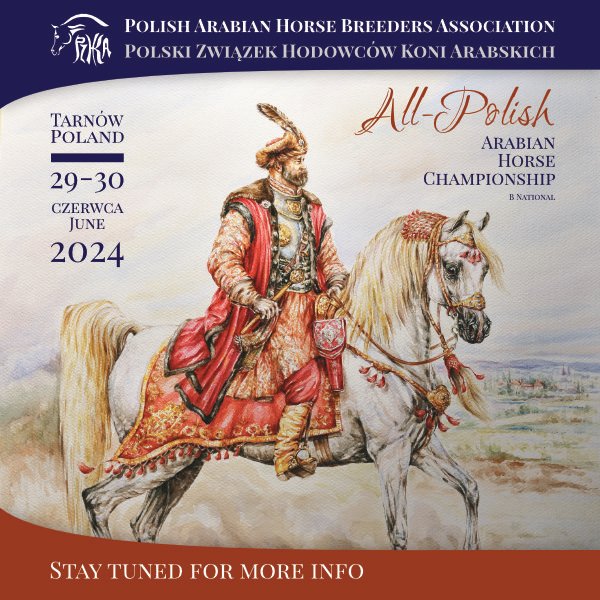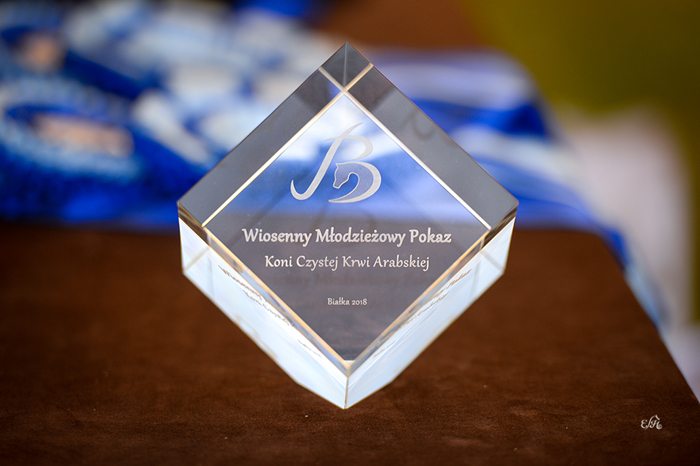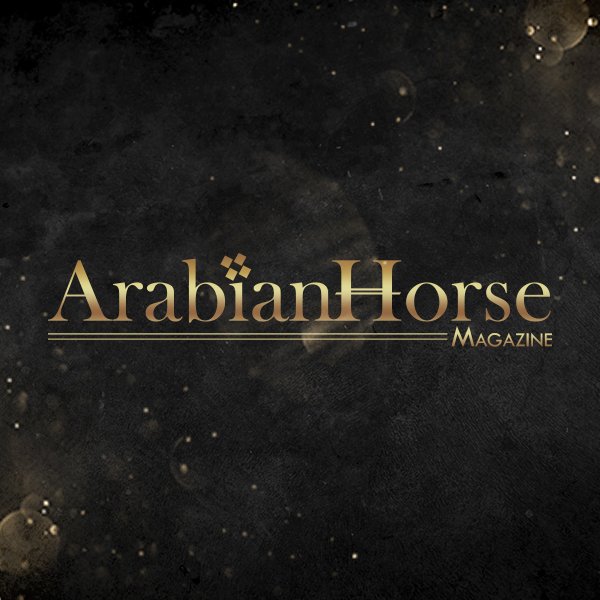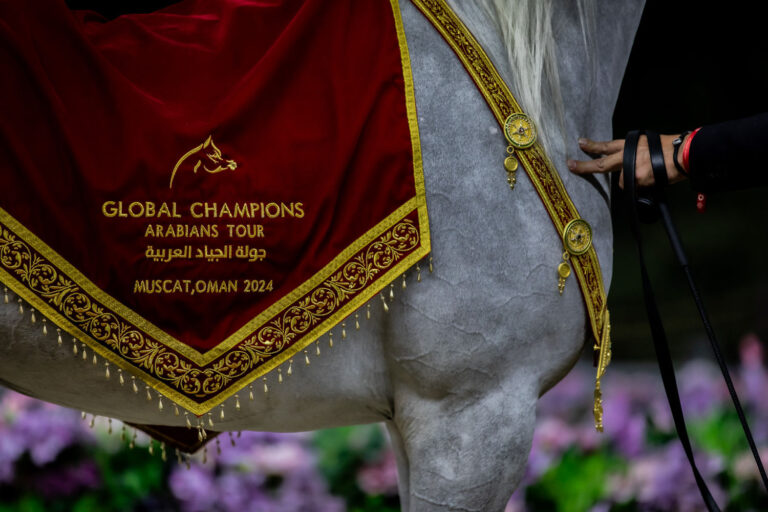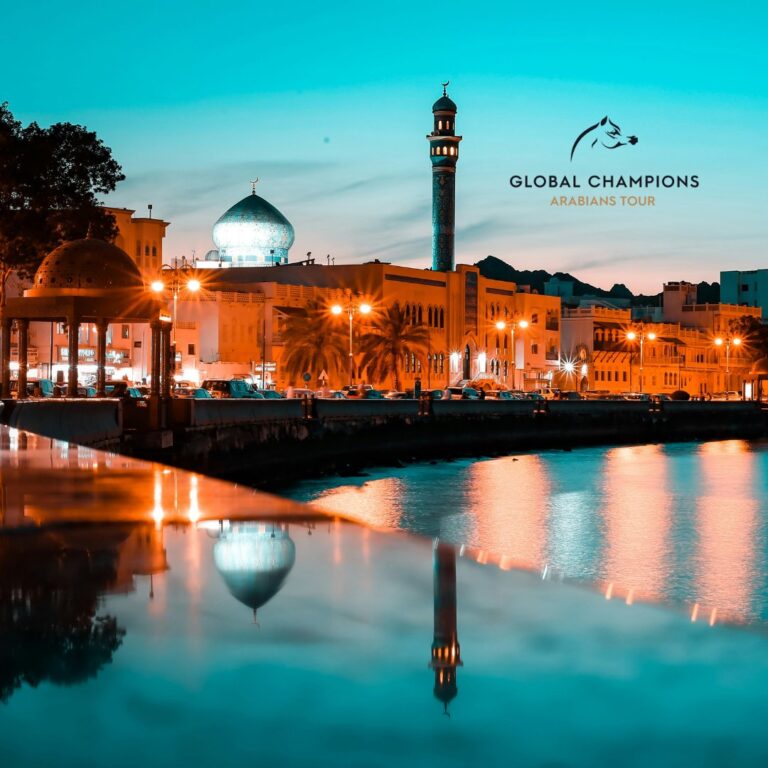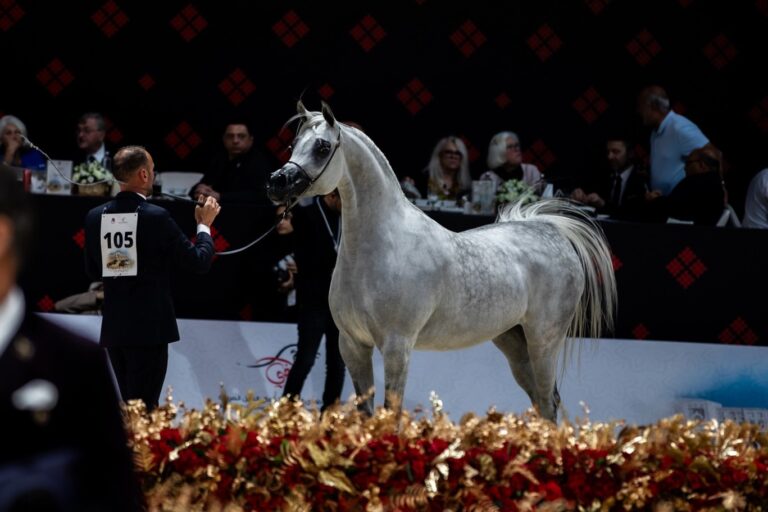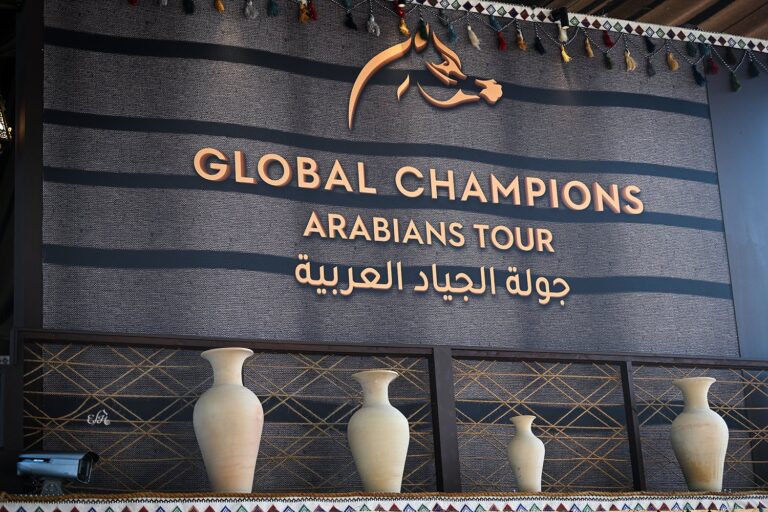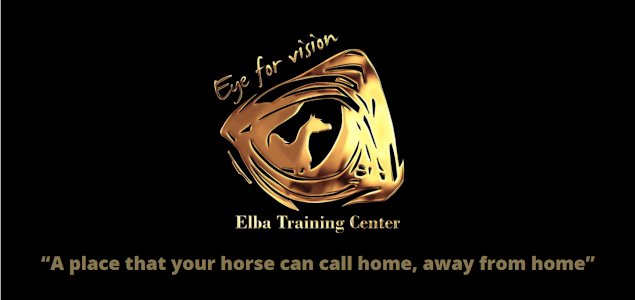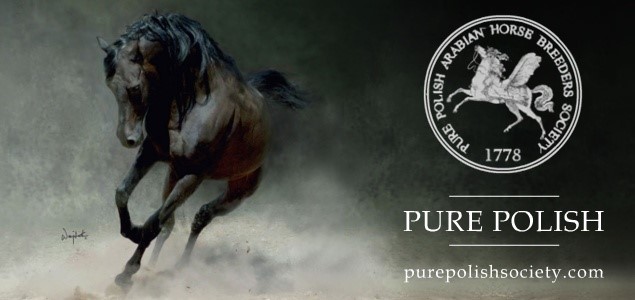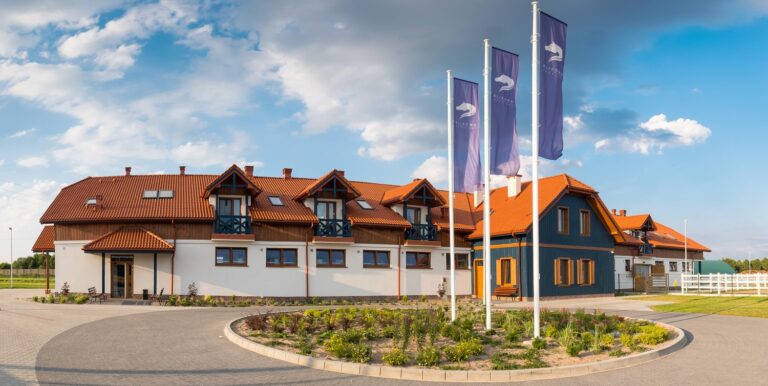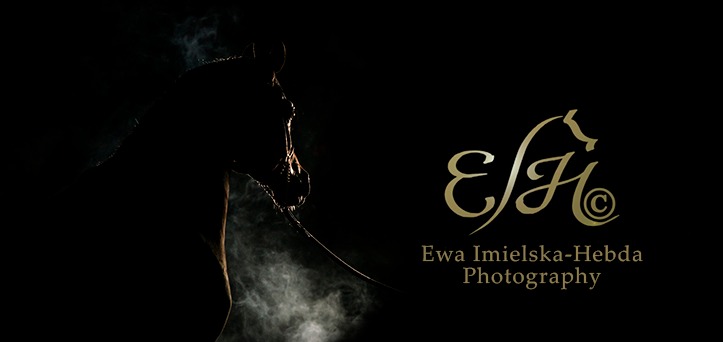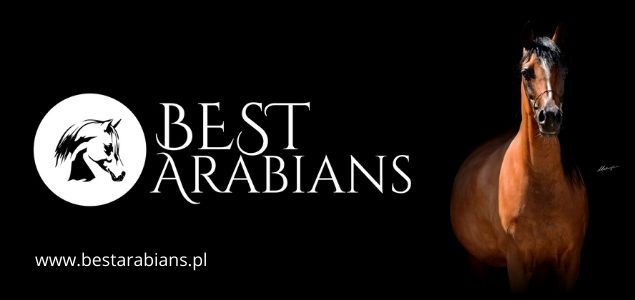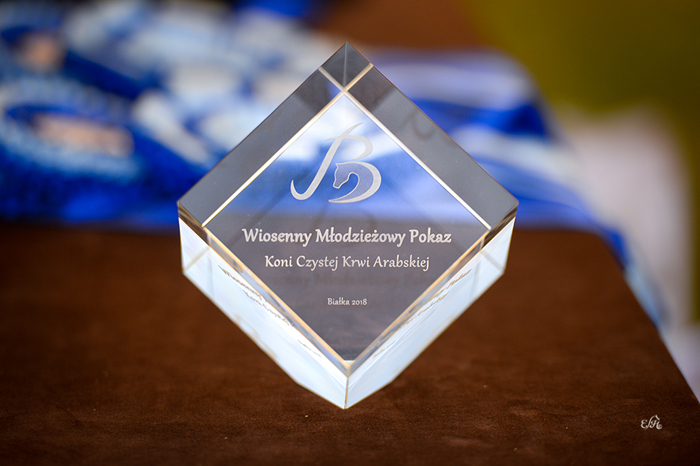
This year’s Polish Arabian Junior Spring Show (2nd-3rd of June) turned out to be unexpectedly lucky for the event host, the Białka Stud. The horse from Białka, a one-year-old bay stallion Parillus (Ascot DD – Parilla/Enzo) that entered the finals from the third place in his class, was chosen Best in Show! It was a real sensation. “Since his birth, Parillus has been holding promise for the future”, says Renata Kurzyńska, Białka’s chief specialist in horse breeding. “He was very delicate, petite, refined, as if sculpted. He was found very attractive during the spring inspection. We were watching him for several months, he developed extremely positively and we decided to prepare him for the championship. It was not a surprise for us that both our representatives, Parillus and the bronze medallist Belmari, made it big in their class or in the championship, but the title of Best in Show for Parillus astonished us. First of all, it is very hard for the yearlings to break through in competition with two- or three-year-old horses – after all, they are still foals. Second of all, high-class horses have been coming to Białka for many years now. Moreover, this is a show with a large number of contestants. So we did not even dream of such a result! This is the first title of Best in Show for Białka during this show, and a great joy for us.” The joy is even greater as this year marks the 90th anniversary of the “birth” of Białka – at least as an idea – because in 1928 the government of the Second Polish Republic decided to establish a Stallion Stud in this place.
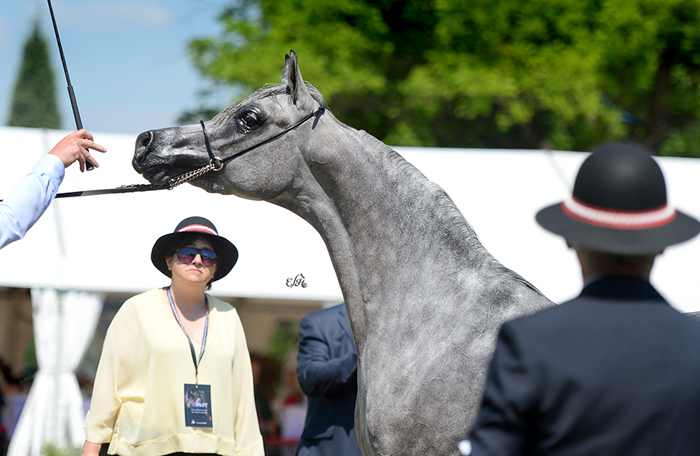
Janów, that won five classes and three medals, also has reasons to feel satisfied. Two medals and one victory in the class went to Michałów, while private breeders boast five medals and four wins in the classes. A widely used stallion Ascot DD left a noticeable mark on Polish breeding. His son won the gold medal and Best in Show title, while his other descendants won three classes and two other medals.
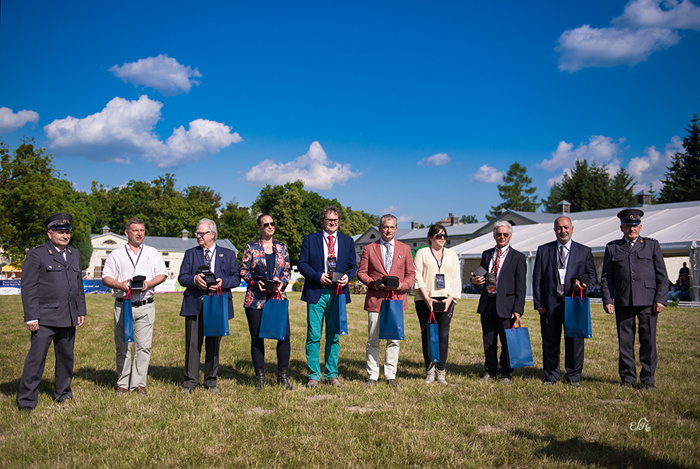
109 horses were registered for the show and only four of them did not arrive. So we watched 105 young horses in the ring, that were assessed by a panel of judges composed of: Pilar Cavero Pino (Spain), Koenraad Detailleur (Belgium), Fausto Scanzi (Italy) and Basil Al Jaadan (Syria). The duties of the ringmaster were performed by Gerard Oben (Belgium). The latter evaluated Polish handlers very positively: “It is great to work in Poland, the handlers are disciplined, they listen to orders and do not cause problems. Therefore, coming here is a huge pleasure every time,” he told us.
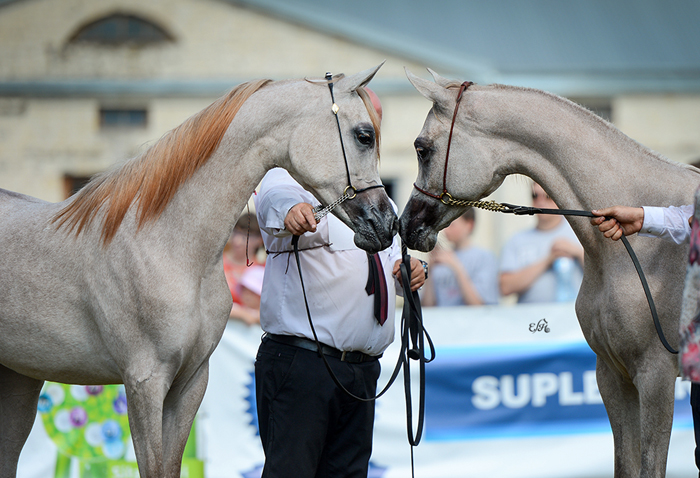
The judges agreed that the level of the show turned out to be unexpectedly high. “I am very happy because I have seen many high-quality horses during these two days, and I follow Polish breeding very closely,” said Koenraad Detailleur after the show. Basil Al Jaadan added: “Polish breeding is an important element of world breeding. We all care that this breeding lasts and develops. I am uplifted by the quality of horses that performed here.”
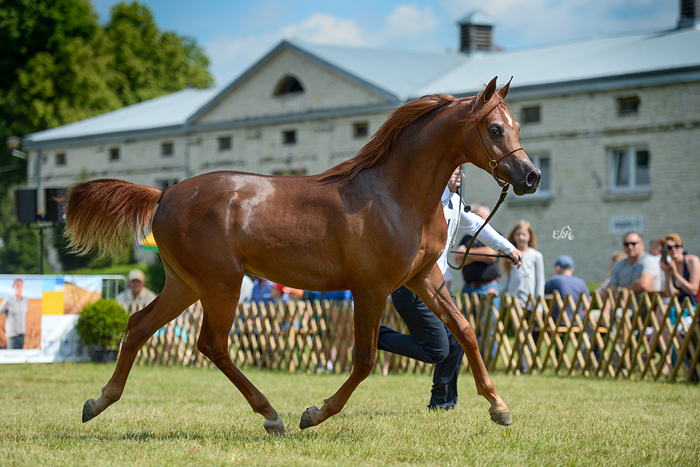
The show was started by yearling colts, divided into two classes (6 and 8 participants). From this rate the highest grade was obtained by the chestnut Janów-bred Erantis (Ascot DD – Eugara/Om El Bellissimo), beautifully presenting his long neck – 92.83 points, including “20” for movement. The winner of the group A, the charming chestnut Białka-bred Belmari (El Omari – Bint Ermina/Kabsztad) won 92.17 points. In the competition of the yearlings, three horses from each class qualified to the finals, so in the championship we saw six yearling stallions – five from the state breeding and one from private breeding, namely a bay stallion Entourajj (Marajj – Entografia/Psytadel), bred/owned by Monika Luft – the colt that was the second best in his class (90.5 points). The situation on the podium, however, came as a surprise for everyone, as the gold medal was won by the aforementioned Parillus unanimously! Erantis and Belmari placed second and third, respectively. All of the finalists had a high score in the classes (minimum 90 points), and the judges awarded the colts with particularly high marks for their movement. As we can see, despite the prevailing heat – as this year in Białka we were dealing not only with high quality, but also with high temperatures – the yearlings proved that they have an impressive trot.
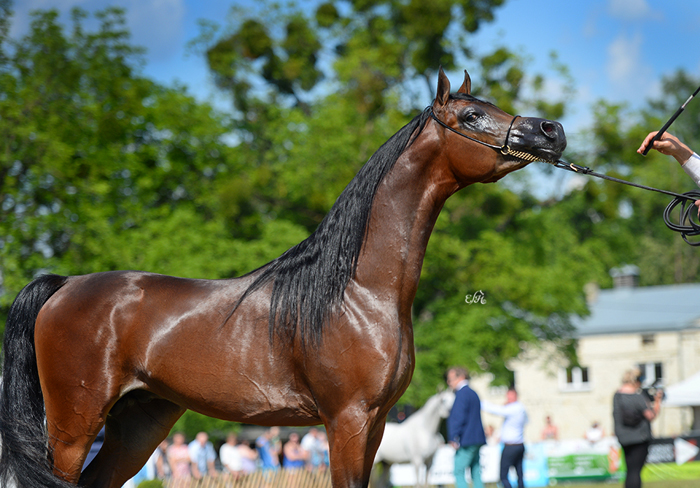
Two-year-old colts also appeared in two groups (6 and 7 rivals). In the first group, the victory belonged to a statue-like bay Lord Equador (Equator – Lady Aphrodite DD/Padrons Psyche), bred/owned by Małgorzata and Józef Pietrzak, that received 91.33 points, while in the second group another representative of private breeding turned out to be the best, namely Ames JR (Psytadel – Altara/Gazal Al Shaqab), bred/owned by Janusz Ryżkowski (91.83, including “20” for movement). There were only three three-year-old stallions in the ring – two of them were fosterlings from Falborek. And the winner was the grey Falborek-bred Empower (WH Justice – Ekstern/Ekstern), with a shapely head and with a score of 91.5 points (including “20” for movement). It was harder to get to the finals for the horses from the class of two- and three-year-olds than it was for the yearlings, because only the first two horses from each class qualified to the championship. In this case, only private-bred horses made it to the finals – the state breeding in the class of two-year-olds was represented by five horses, yet none of them qualified to the finals. The order on the podium was as follows: Empower with the gold medal, milky-white Gallius (Shanghai EA – Gallia/Galba), bred/owned by Stanisław Sławiński, with the silver medal (91.5 points in the class), and Lord Equador with the bronze medal.
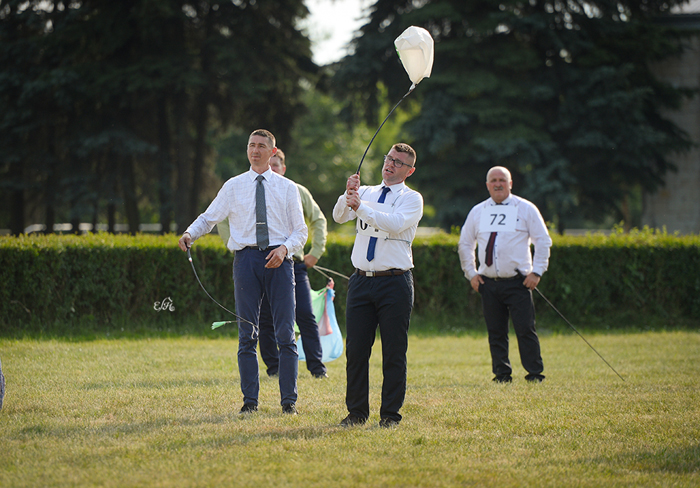
After the colts, it was time for the fillies and for classes with bigger number of contestants. There were between 11 and 13 participants in each class, and the fight was fierce. As it had happened before, three yearlings (from each of the three classes), two two-year-olds (from two groups) and two three-year-olds qualified to the finals.
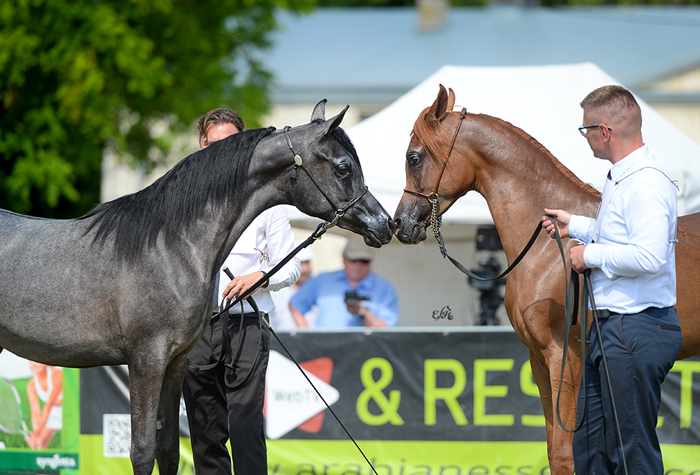
And there was a lot to admire. The leaders of each class already represent the European level, although for many of these fillies the performance in Białka was the first one in their life. Currently, at such shows as the one in Białka, there are no random horses anymore – private breeders are now more selective than they were just a few years ago when choosing horses for training. The classes were won by: grey – though still very dark – Chrcynno-bred Echo Asteria (Psyche Keret – Echo Aurora/Eternity Ibn Navarrone D), that apparently took after her sire when it comes to her fantastic movement, as the judges awarded her with two maximum notes for this particular feature (final note 92.67); chestnut Janów-bred Encarina (Ascot DD – Eneria/QR Marc), with an exceptionally long neck – 92.83, including “20” for head and neck; and her stable friend, perfectly moving bay Benona (Ascot DD – Bernadetta/Ganges) – 91.83, including “20” for movement.

Among the nine finalists (five private-bred and four state ones), Chrcynno-bred Echo Asteria performed best and won the gold medal. This success needs to be emphasised since the filly is a daughter of a stallion also bred by Chrcynno! Psyche Keret has already accomplished a lot for his home stud, and his Hungarian descendants will probably appear at shows as well, as he was leased to Hungary for some time recently. The silver medal went to Janów-bred Encarina, and the bronze medal was won by the charming grey Paprotnia (Elgast – Paeksa/Ekstern), bred/owned by Lech Błaszczyk, that reached the finals starting from the second place in the class (92.17, including “20” for head and neck). And this is yet another example (as far as private breeding is concerned) of the success of a daughter of a stallion from the same stud, because Elgast (WH Justice – Elfera/Psytadel) is a graduate of Lech Błaszczyk.
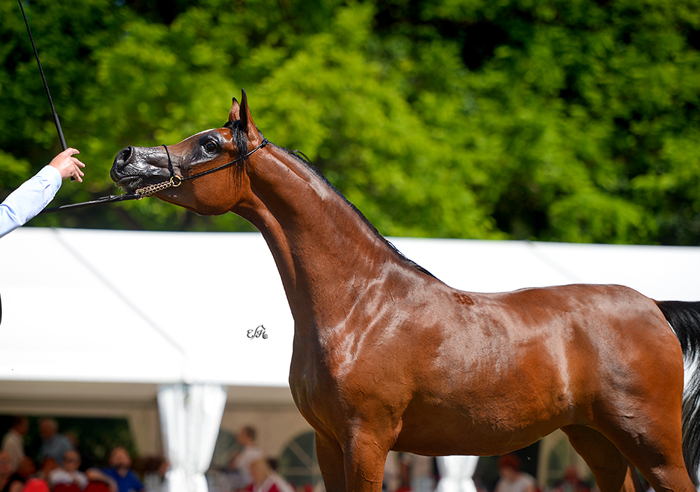
From time to time there happen to be some boisterous participants in Białka that “choose freedom” – but only for a short while. This year it was Frestona (QR Marc – Frymuszka/Ekstern), bred/owned by Jan Dobrzyński, a half-sister to the multi-champion Fuerte, that forced her way through the fence and frolicked on the loose for some time. Fortunately, she was quickly captured and completed the presentation, during which she “earned” as many as two “20s” (for type and head and neck, the final note – 90.83). But she finished the competition placing at the eighth position, what proves how high the level in this class was (yearling fillies C).

In the two-year-old fillies classes the best ones were: Janów-bred, bay Eduarda (Pogrom – Europia/Pesal) – 91.83, including “20” for movement, as well as (also bay) Michałów-bred, well-known for her pretty head and long neck, Emdrona (Medalion – Elgora/Poganin) – 92.83, including “20” for type and head and neck. The class of three-year-olds was won – with the highest score of the show, 93.5, including “20” for head and neck, and for movement – by a charismatic grey, Janów-bred Atakama (Empire – Atma/Ekstern). She was the one unanimously acclaimed the golden champion of junior mares. Only mares bred in the state studs qualified to the finals. The silver medal was awarded to Emdrona and the bronze one to Michałów-bred Emanolla (Vitorio TO – Emandoria/Gazal Al Shaqab), given 92.33 points in the class, including “20” for movement. Emanolla, as usual, showed off her swan neck and excellent body during the presentation.
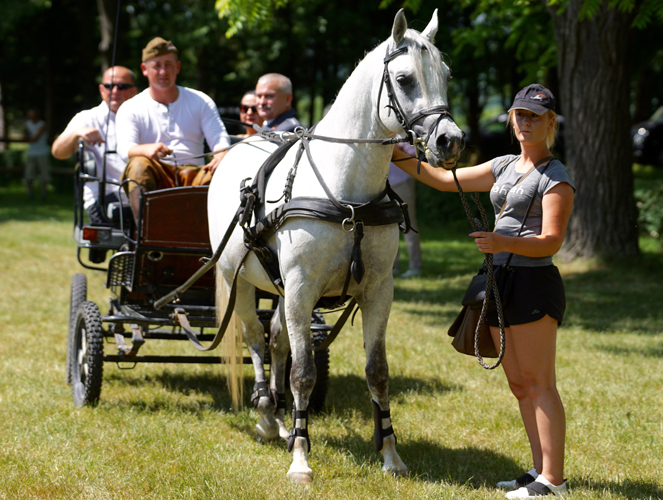
The decorations at the end of the event, when the whole crews of state studs came out to be photographed, looked really nice. The ring got almost as crowded as during the Middle Eastern shows! And the horses will definitely become better and better. As summarised by the Syrian judge Basil Al Jaadan: “Asil horse lights a new candle every day.” This Arabic saying means that an Arabian horse grows more and more beautiful every day. Undoubtedly, we will hear again about many of the young horses that we saw in Białka.
Photo gallery of the finalists, by Ewa Imielska-Hebda


